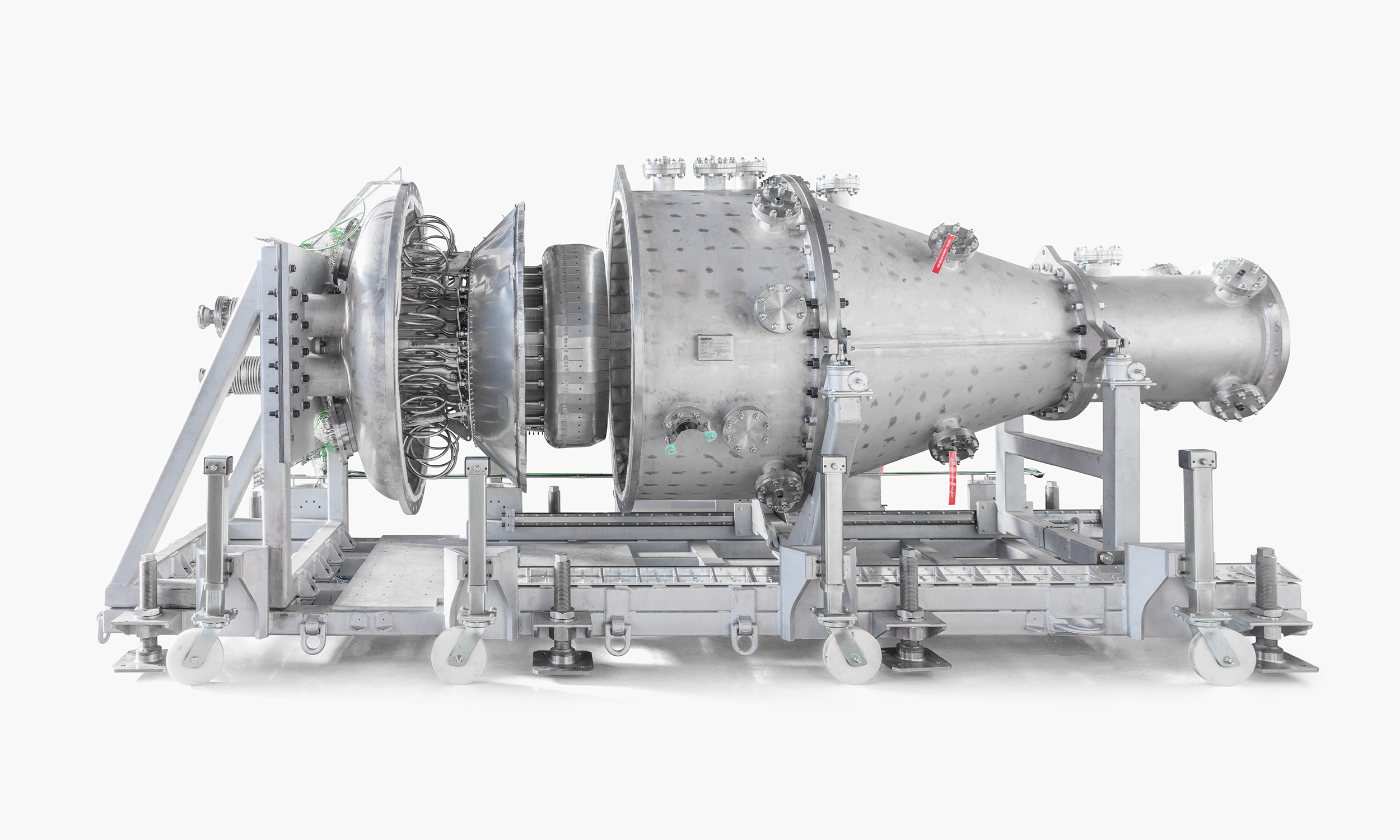
Imagine a hypersonic passenger aircraft that would cut the journey time between London and New York to around two hours. At Mach 5, or five times the speed of sound, the aircraft would complete a trip across the Atlantic in around 120 minutes. Mach 5 is more than twice as fast as the cruising speed of Concorde and over 50% faster than the SR-71 Blackbird – the world’s fastest jet-engine powered aircraft. A flight across the Pacific would take roughly three hours. Flight times from London to Sydney could be 80% shorter. Who needs Elon Musk?
Reaching these speeds would require an aircraft engine that has never previously existed. But last week, the world got a glimpse of a new future via a project which has been germinating for 30 years.
Reaction Engines was founded in 1989 by three propulsion engineers from Rolls Royce: Alan Bond, Richard Varvill and John Scott Scott. Their idea was that in order for an engine to reach hypersonic speeds, the air going into it would have to be rapidly cooled, otherwise the engine would melt. Reaction’s breakthrough was inventing a “precooler” or heat exchanger which can take the air down to minus 150 degrees centigrade in less than a 20th of a second.
These ultra-lightweight “heat exchangers” would enable aircraft to fly over five times the speed of sound in the atmosphere. Thus the SABRE – Synergetic Air-Breathing Rocket Engine – was born. The Sabre engine “breathes” air to make 20 per cent of the journey to orbit, before switching to rocket mode to complete the trip.
Last week, Reaction Engines passed a significant milestone. It successfully tested its innovative precooler at airflow temperature conditions representing Mach 5.
The ground-based test at the Colorado Air and Space Port in the US, saw the precooler successfully operate at temperatures of 420ᵒC (~788ᵒF) – matching the thermal conditions corresponding to Mach 3.3 flight.

But this technology wouldn’t just be applicable to hypersonic flight. The precooler technology, developed by Reaction Engines, would significantly enhance the performance of existing jet engine technology, along with applications in automotive, aerospace, energy and industrial processes. Reaction Engines has attracted development funding from the British government, the U.S. Defense Advanced Research Projects Agency (DARPA) and the European Space Agency. It’s also raised over £100m from public and private sources and has secured investment from BAE Systems, Rolls-Royce and Boeing’s venture capital arm HorizonX. Reaction is expected to start building and testing a demonstrator engine next year.
The success of Reaction Engines to date is a sign that the ‘AerospaceTech’ sector is now booming. It is most certainly not alone.
Last month, Boeing and the UK government launched a £2m accelerator program to look for new innovations in this area. Boeing’s HorizonX is backing the initiative.

